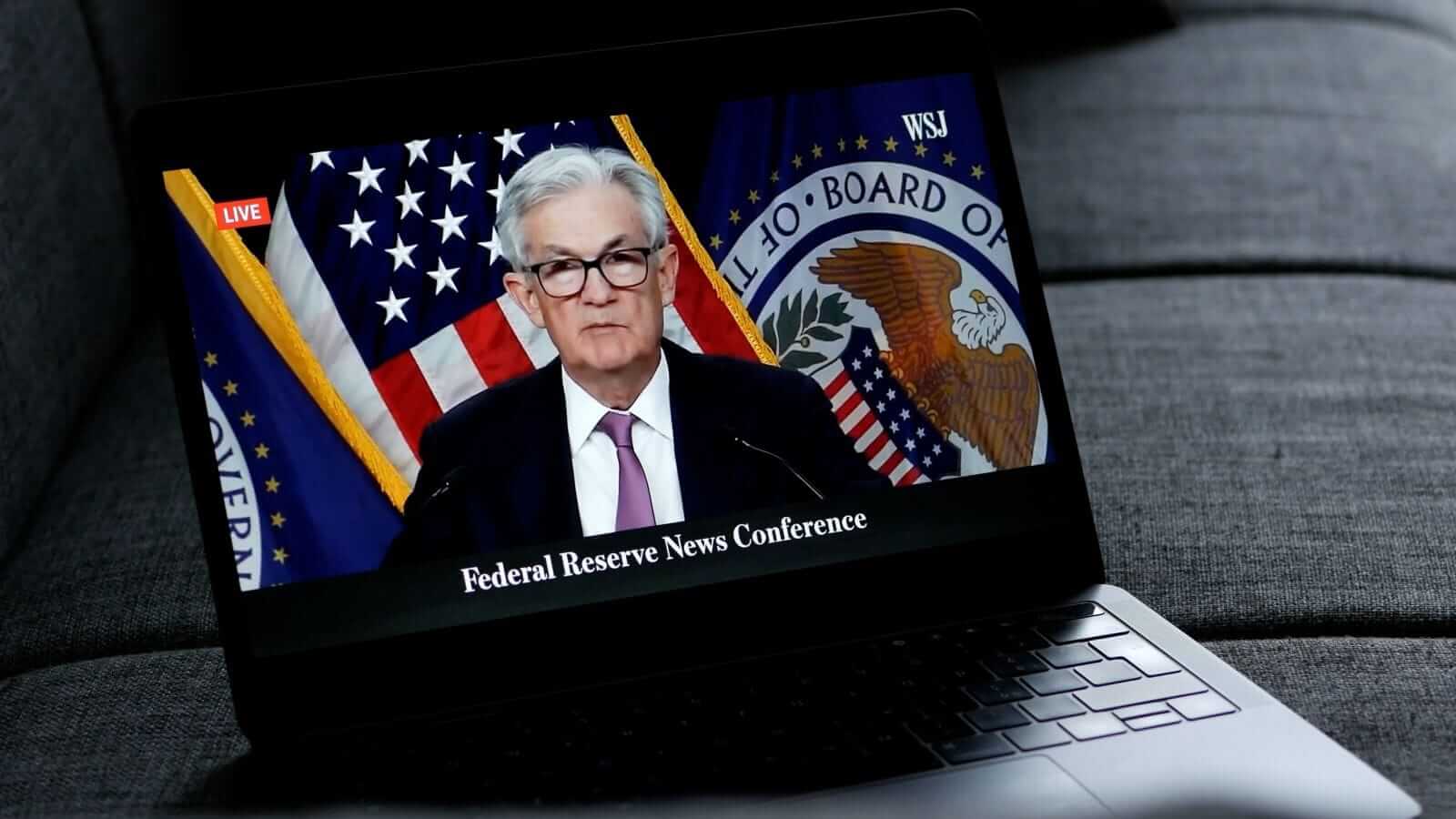Liquidity Is an Illusion—And The Fed Can’t Save You This Time

Liquidity, until it vanishes, seems like a safety net. Markets froze in 2008 until the Fed dropped rates, guaranteed banks, and inundated the system with liquidity. When even Treasuries went no-bid in March 2020, the Fed came back with trillions in QE and emergency initiatives. Markets reacted both times as well.
But if that playbook falls apart?
The stubbornness of inflation is unchanged. From national balance sheets to overleveraged corporations, debt is all around. And with already high rates, the Fed finds itself limited. The Fed cannot make significant cuts without inciting another wave of inflation. It cannot print without triggering political firestorms. If liquidity dries up again, we might not find the last resort buyer. This implies that the next selloff may be significantly more violent, less supported, and longer lasting. Liquidity is a buddy in fair weather. Those awaiting rescue could be waiting far too long.
The Myth Of Always-On Liquidity
For the last 15 years, investors have been conditioned to believe that central banks will always step in. The term “Fed Put” became shorthand for this belief—the idea that whenever markets wobble, the Fed will cut rates, inject liquidity, and bail everyone out.
In 2008, it worked. After Lehman collapsed, the Fed cut rates to zero, launched QE, and stabilized credit markets. In 2020, they went even bigger, rescuing everything from corporate bonds to municipal debt. It felt like a cheat code: when in doubt, buy the dip, because the Fed has your back.
But here’s the problem: the world is different now. Inflation is no longer a non-issue. The Fed can’t pivot without consequence. In fact, every move it makes now comes with second-order risks—cut too soon, inflation spikes again. Stay too tight, the system breaks.
Investors clinging to the “Fed will save us” mindset are fighting the last war. The liquidity well isn’t bottomless and this time, the Fed’s hands may be tied.

Inflation Is The New Constraint
The old playbook relied on one crucial assumption: inflation would stay low no matter how much money the Fed printed. For over a decade, that was true. But since the pandemic, that era has passed—inflation is now more than just a headline; it poses a structural threat. Sticky services inflation, wage pressures, and deglobalization have changed the equation. Cutting rates in that environment risks re-igniting inflation and damaging the Fed’s credibility. Powell and the Fed know this. That’s why it’s been so reluctant to promise cuts, even as markets beg for them. Remember: in 2020, CPI was 1.4%. Today, it’s hovering well above the Fed’s 2% target. The fire is still smoldering. That’s a radically different backdrop for policy action. If another liquidity crisis hits, the Fed can’t just flood the system with cheap money like it did in the past. The constraint isn’t just political—it’s economic. Stimulus without discipline risks long-term damage to purchasing power and bond market stability.
Translation? Don’t count on cavalry. Investors need to start thinking in terms of resilience, not rescue.
Where Liquidity Risks Are Hiding
Not all that glitters is liquid. On the surface, ETFs and passive funds appear to trade smoothly, but upon closer inspection, many are filled with illiquid assets. Corporate bonds, small-cap equities, and thinly traded sectors look fine in good times, but when volatility spikes, bid-ask spreads blow out, and price discovery vanishes.
Private equity and real estate pose another problem. These are long-dated, locked-up structures. The valuations look stable—until they don’t. Many funds still carry marks from a zero-rate world, but those marks will get tested when liquidity dries up and redemptions surge. Then there’s corporate credit. Over $1 trillion in high-yield and investment-grade debt needs refinancing between 2026—at rates far above the post-2008 lows. Rolling that debt will be fatal for some companies. Even so-called “safe” assets aren’t immune. In March 2020, liquidity vanished from U.S. Treasuries—the world’s most trusted security—forcing the Fed to intervene.
The takeaway? Safety and liquidity aren’t the same. And in a stressed market, both can be illusions.

Why No One Is Talking About This
Markets thrive on comforting narratives. A soft landing. The AI boom. A magical Fed pivot that fixes everything. These stories keep capital flowing and portfolios rising. But they also lull investors into forgetting the fundamentals, especially liquidity. As long as prices grind higher, no one asks how they’ll exit. Passive investing only deepens the illusion. When money pours into ETFs, prices float up. But when redemptions start, that same structure becomes a funnel. There’s no manager picking winners, just a rules-based mechanism selling everything in sight. Everyone assumes they’ll get out first. But liquidity isn’t a queue. It’s a trapdoor. When the market turns, it won’t whisper it will collapse. There are no sirens, no blinking red lights. Just bids that vanish, spreads that widen, and exits that jam. Think of it like musical chairs, except this time, you won’t even hear the music stop.
That’s the real risk no one’s pricing in.
On the date of publication, Jim Osman did not have (either directly or indirectly) positions in any of the securities mentioned in this article. All information and data in this article is solely for informational purposes. For more information please view the Barchart Disclosure Policy here.